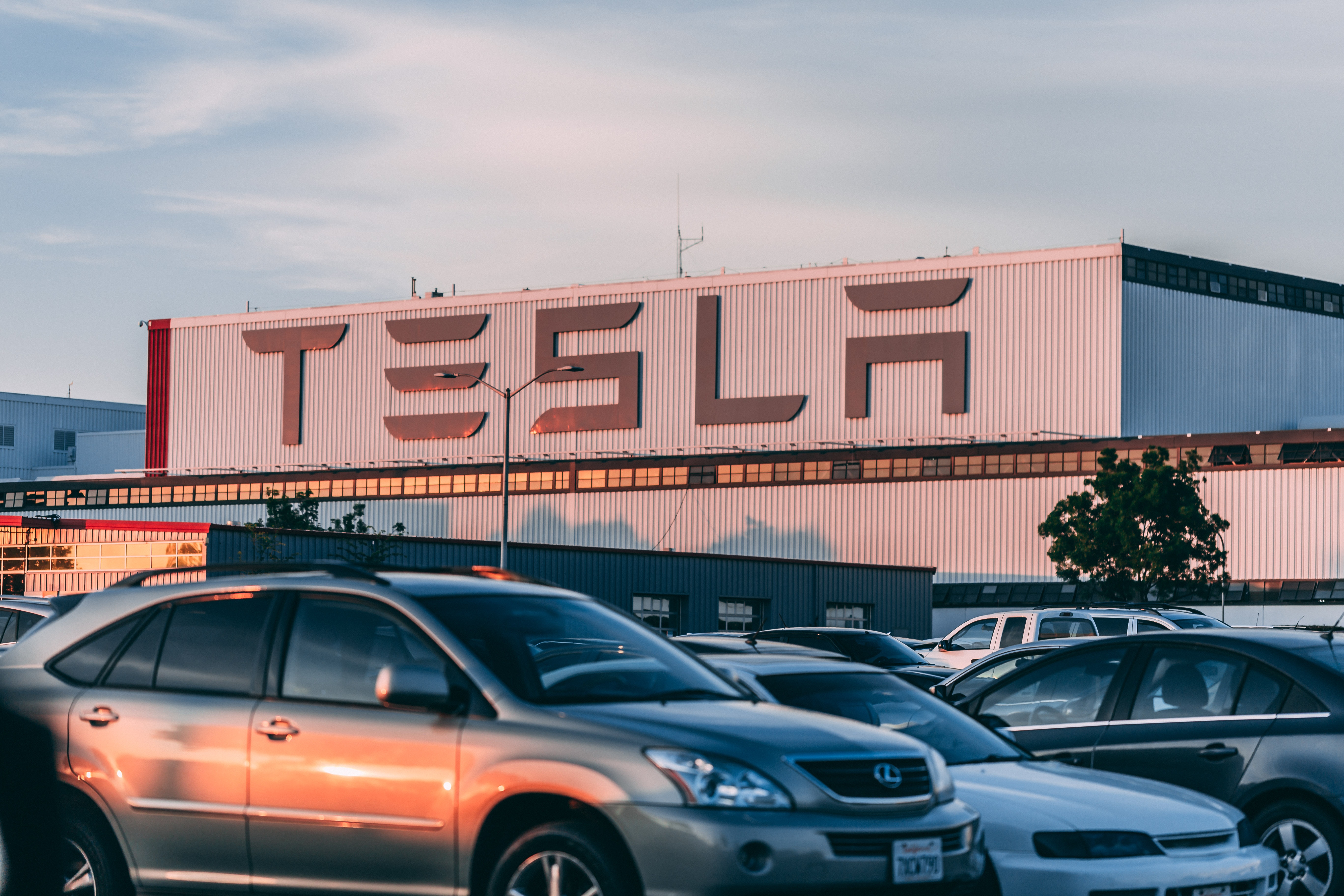











When you think of a technology-filled future and what that would mean for the world of traffic, you may think of near instant traffic speeds, robots taking you to your determined destination, and of course, the science fiction favorite of flying cars. But, would you think about the impact of these traffic technologies on safety?
All of these technologies are fantastic, but our priority in designing a future should be increasing safety on the roads. Traffic safety technologies can do an incredible job at making the streets safer for everyone. The futuristic technology, already being developed and progressing, that has the most promise would be those robotic chauffeurs.
Yes, we’ve already come a long way with AI technology in the sphere of traffic interactions. The farther things like self-driving cars come, the more that human error can be taken out of the equation when it comes to traffic. While the evolution of these traffic technologies may frighten many people, they can actually do a lot of good.
With less human error impacting traffic patterns, we can find ourselves in a world with less traffic accidents, less unnecessary time wasted because of traffic build-up, and a smarter and safer way to travel our streets. Traffic incidents caused by human error make up the majority of the accidents on the road, so reducing these could save a lot of lives. In addition, human error easily causes traffic jams with just a simple mis-timed tap on the brakes, and without this human error, we could see much faster traffic times. While the flying cars of the future may still be a less-than-realistic dream, the traffic world of tomorrow may still be a fantastic reality with all the AI traffic technology currently being improved upon.

There are a lot of misunderstandings when it comes to discussions about the current AI technologies changing the circumstances of our traffic interactions. The category of AI technology for traffic situations is broad and encompasses many very different functions being provided by artificial intelligence. Even within the one AI technology of self-driving cars, there is a lot more complexity to the definitions and distinctions.
Autonomous driving technology is classified under a system with multiple levels ranging from completely human-controlled to fully in the hands of the autonomous system. Level 0 is the level that cars remained in for the longest time, with a human in charge of the driving. We’ve actually been beyond this level for quite some time, but we are not yet at the final level, level five, which is where we would be able to completely relinquish the reins to our driverless system’s functions.
One of the current, and probably most well-known, examples of AI technology on the roads is the Tesla and its Autopilot feature. Tesla’s Autopilot was first announced in October 2014, but it has only just kept advancing with more and more updates since then. Most recently, a new update has been announced which will allow the car to stop on its own to red traffic lights and stop signs. It is evident that this one example of AI technology has much more progress in store for it, especially if we want to reach the ideal safety conditions on the road.

Lately, a lot of blame has been pointed at the automated features of cars like the Tesla models for unfortunate accidents on the road. There have been plenty of controversial incidents that lead many to doubt the safety of these emerging technologies. However, in most cases of smart technology compromising safety on the road, human error has still been a relevant factor.
In fact, what these technologies may currently be doing, in many cases, is opening up more room for human error on the roads. It is made very clear by the manufacturers of these technologies and the experts in the field that any car with self-driving capabilities is not at the level where we can put our complete trust in it keeping us safe better than we humans can do ourselves. Yet, people still allow themselves to drop their guard when the driving is in the hands of the car itself.
While the technology is still being perfected, we flawed humans still need to hold onto some control of the situation while driving. The current technology should not be an excuse to be reckless on the road, even if many consider it to be. People have tested the capabilities of their self-driving cars by disregarding speed limits, taking their hands off the wheel and their attention off the road, and even falling asleep behind the wheel. Current smart technology on the road compromises safety because, while it has been acknowledged that it’s not ready to take over for human drivers completely, people still treat it like we’re already in that perfect futuristic world.
This is not the way that things have to be and there is a lot of promise in the ability of smart technology to save us from human error. We’re just simply not there yet.
In the future, we can expect more progress to be made and AI traffic technology to help bring us to the point we want to be. It doesn’t even require complete automation on all the roads to achieve the benefits to safety and other aspects of the traffic scene. With some relatively small implementations of smart traffic technologies, we could reduce the impact of human error on the roads.
Currently, thousands of people die in car crashes every year, most of which could be avoided. By letting advanced technology react for us, for example, we may see a huge decline in front-to-rear crashes. While humans may not always pay the best attention or have the quickest reaction times, an automated car’s sensors never stop looking for threats. With the best of the technology’s ability to react to those threats, we won’t have to worry about missing that red light, not seeing that pedestrian crossing the path, or not adjusting to any new traffic conditions on time. With further developments in technology, we can hope to see human error taken out of the picture altogether and a much safer world for drivers and anyone else on the roads created.
ELTEC is always working on new traffic safety technologies to help bring us all closer to that safer future. With our expertly engineered traffic systems and other innovative safety solutions, ELTEC Traffic Products and Warning Systems is always looking for new ways to create the world we want to see. We’ve been on our way there for the past 50 years, and still continue developing every single day.